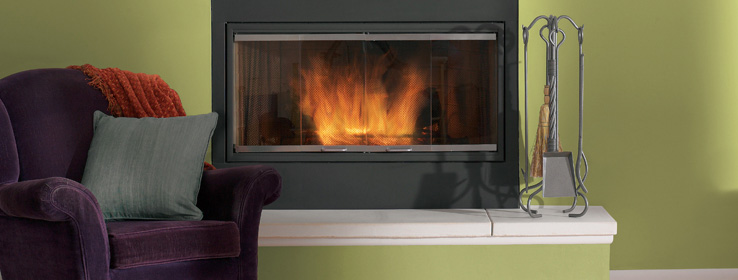You can use paint color to boost your project's green rating — and give yourself a marketing edge while you're at it.
Color is more than just an aesthetic choice. It can help light penetrate nooks and crannies. And, especially important at a time when energy costs are soaring, color can play a role in reducing a design's long-term cost for an owner or resident – all thanks to the power of reflectivity.
Simply put, lighter, more reflective hues can help a project "go green," says Steve Revnew, director of marketing and product development for Sherwin-Williams. A lighter color palette and higher-sheen surfaces can increase reflectivity, making a space brighter without using artificial light. The reflectivity of interior and exterior paint colors can even bolster a project's certification under the U.S. Green Building Council's Leadership in Energy and Environmental Design (LEED) system.
On the back of every Sherwin-Williams color chip is that color's light reflectivity value (LRV) number, Revnew notes. The scale goes from 0 (absorbs all light) to 100 (reflects all light). "Many designers have always looked at LRV for varying reasons," Revnew says. "We've always had them. But now we're getting more questions about it. People are asking, "‘How do I use color to save energy?'"
Drew Smith of Two Trails Inc. in Sarasota, Fla., has been a green-building consultant for more than a decade, but he's seen a big surge in interest over the last three years. "Going green and LEED certification are ways for builders and designers to gain an edge," he says. "It can give you a higher resale value and, as the public becomes more aware of green and what it can do to lower energy costs, the demand will continue to grow. Design professionals are looking for ways to distinguish themselves. Doing something different and environmentally conscious gives them a white hat."
The key to getting the highest-possible LEED score and the biggest green bang for the buck, Smith says, is for designers to jump into the building process at a very early stage – such as when decisions are being made about architectural features including windows, doors and skylights.
"A color designer should be involved with the project from the early design stage," he says. "Using color to improve the indoor environment is critical. Designers can actually affect the energy loads of a house based on color placement." For example:
Lighten dark spaces with lighter paint. It's a simple idea, but Smith says that lighter paint colors – in a long hallway especially – can actually help illuminate that space if the lighting is placed correctly.
Go natural. If you need to illuminate a naturally dark room, such as a closet or interior room, you can pull natural light from adjacent spaces by using the reflectivity of a lighter color palette.
Remember that placement matters. While increasing reflectivity generally means moving to a lighter palette, designers can still use darker accent colors. But they may want to limit those colors to a single wall, rather than an entire room, or a space where lighting makes less of a design difference.
Don't forget the glass. Coordinate color placement with the type of window glass and the artificial lighting used in a space. Tinted green or blue glass can improve a building's energy efficiency and will affect how interior colors reflect light. Fluorescent light, which tends to be flatter and less unidirectional than incandescent light, can make it more challenging to use color to focus reflection.
Get green specs
To link to Sherwin-Williams green product specifications, go to swgreenspecs.com.








